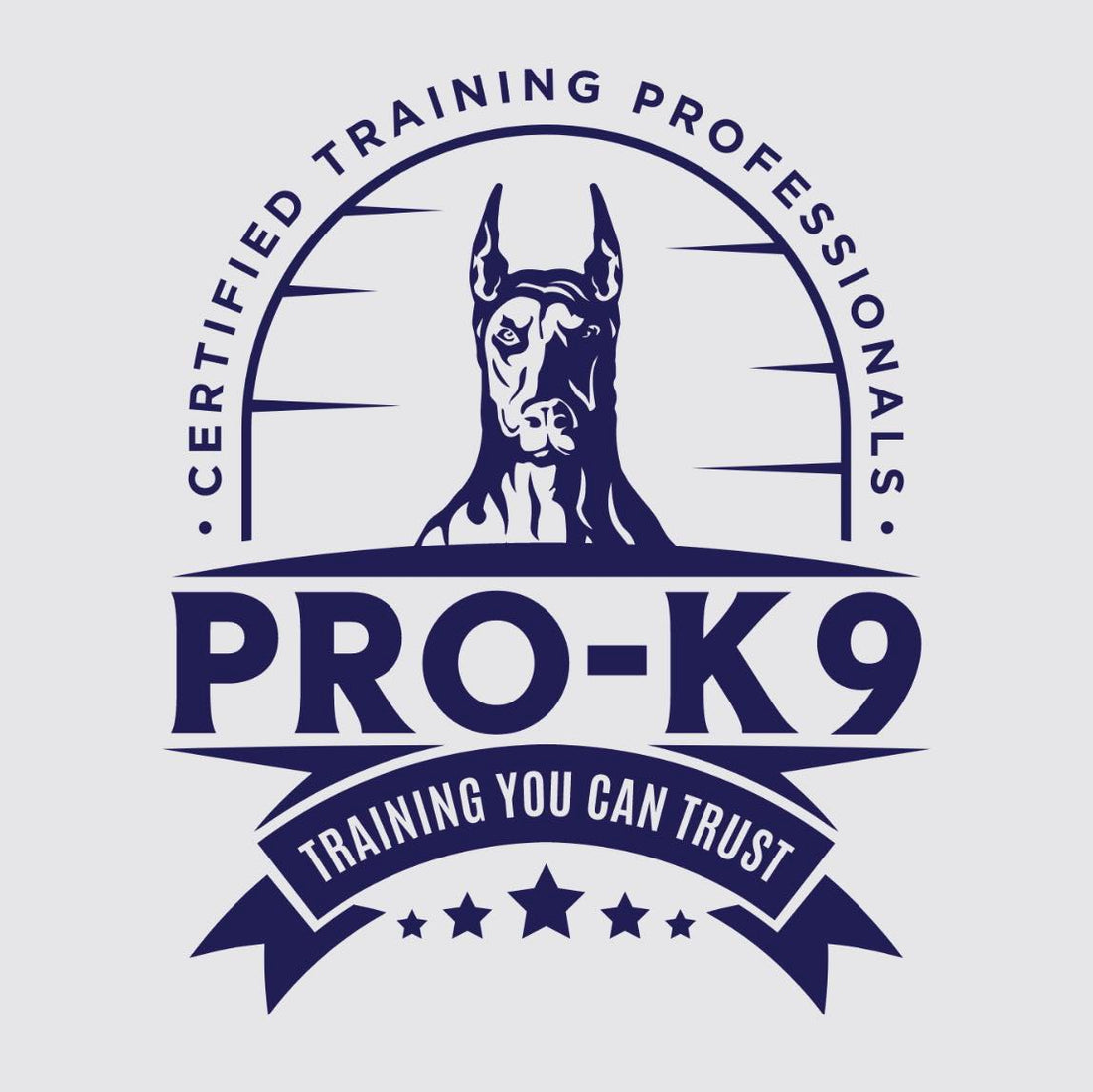
Inside the Canine Mind: Why Understanding Behavior Matters More Than You Think
Share
Have you ever looked at your dog and wondered, “What are they thinking?” You're not alone. I hear the frustration in owners who struggle to understand their dog’s behavior — the confusion, the desperation, and sometimes, the misplaced assumptions.
Phrases like “They did it to spite me” or “They’re just jealous” are common, but here’s the truth: those beliefs, while human in nature, often miss the mark entirely when applied to our dogs.
The pet industry thrives on anthropomorphism — the tendency to assign human emotions and intentions to animals. It’s comforting to think of our dogs as furry little people. We dress them up, pamper them, and give them everything they could possibly need — yet sometimes, in doing so, we misinterpret their behavior. That misinterpretation can lead to confusion, broken trust, and in the worst cases, surrender or euthanasia.
I’m not exempt from this either. My instinct, when I see my dog scared or shaken, is to comfort them — it’s only natural. But what really happens during that interaction? Are we supporting them in a way they understand, or are we unintentionally reinforcing fear?
To answer that, we have to step back and take a deeper look at what drives your dog’s mind — how they think, learn, play, and react. The truth is, quality resources that explore canine behavior from the dog’s perspective are limited. Most discussions focus on what dogs do for us, not what we can do to help them thrive.
The Science Behind Behavior
Let’s look at the roots. Dogs are, biologically, closely related to wolves. Here's a simple breakdown:
| ANIMAL | FAMILY | GENUS | SPECIES |
|---|---|---|---|
| Wolf | Canidae | Canis | lupus |
| Dog | Canidae | Canis | familiaris |
The debate over whether dogs follow the same social structures as wolves — like dominance hierarchies and alpha roles — has been ongoing among trainers, veterinarians, and animal behaviorists. While some dismiss the "alpha" concept as outdated, others see practical value in its application when grounded in modern, ethical training methods.
Just like humans look to leaders — in business, sports, and social circles — dogs seek structure and stability. The difference lies in how they define leadership: not by charisma or confidence, but by consistency, clarity, and control of resources.
An effective leader in a dog’s eyes isn’t the loudest or most aggressive — it’s the one who sets clear expectations, provides structure, and creates a calm, predictable environment.
Why This Matters for Training
Training rooted in behavioral understanding has long been influenced by this structure. When applied thoughtfully, the concept of leadership can dramatically improve a dog’s ability to coexist peacefully in a home. But here’s the catch: the knowledge needed to support this kind of transformation isn’t widely shared — and there’s a reason for that.
The dog training industry often profits from long-term behavioral issues. It’s easier (and more profitable) to sell endless sessions than to empower owners with the tools and knowledge to address problems early. Some professionals even publicly denounce the very tools they were trained to use — not because the tools don’t work, but because longer training timelines mean more income.
If I can successfully rehab an aggressive dog in six weeks using the right tools, but stretch that process to 14 weeks without them, which method earns more money? And which serves the dog better?
The right training tools — when used properly and ethically — are not shortcuts. They are communication bridges that speak the dog’s language. They help create clarity, lower stress, and open doors to experiences that anxious, reactive, or misunderstood dogs may never otherwise have.
Our Mission: Understanding Before Correction
In this blog, we’re going to peel back the layers of the canine mind. We’ll uncover truths the industry keeps quiet, explain behavior through the lens of science and observation, and offer real-world insights for real dog owners.
Our goal?
To change the canine world — one informed, empowered owner at a time.